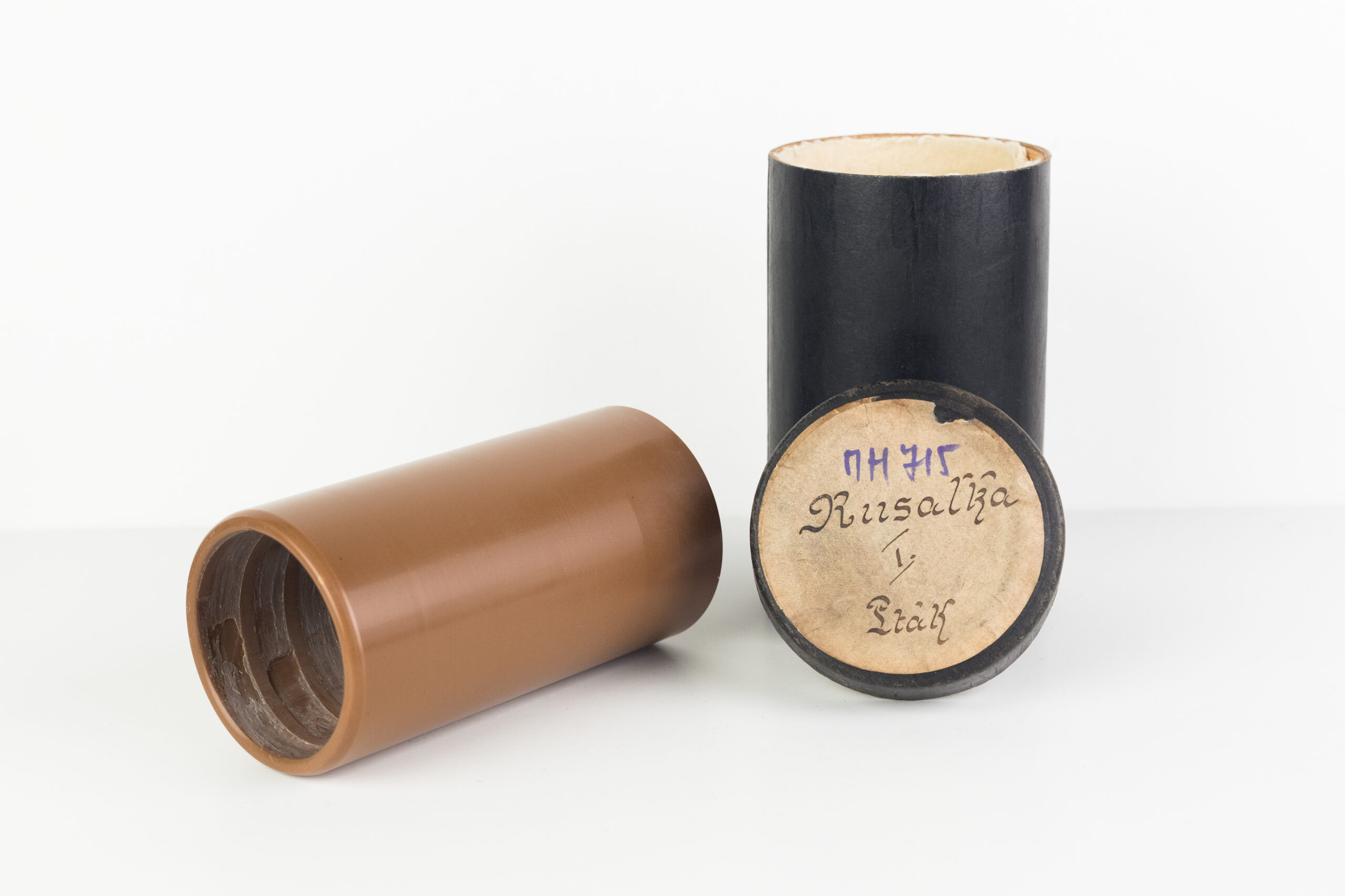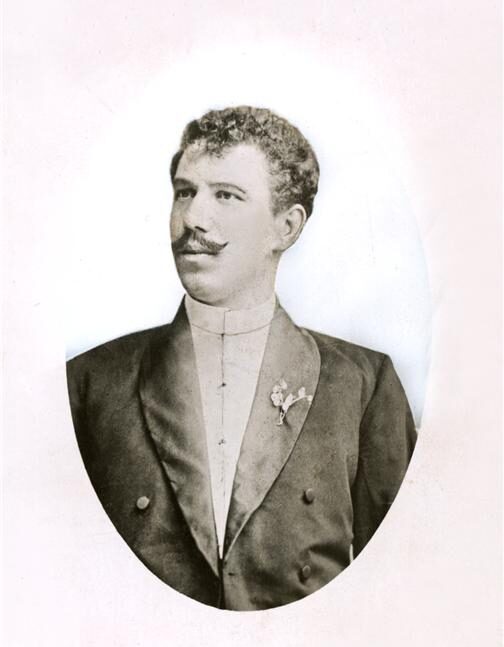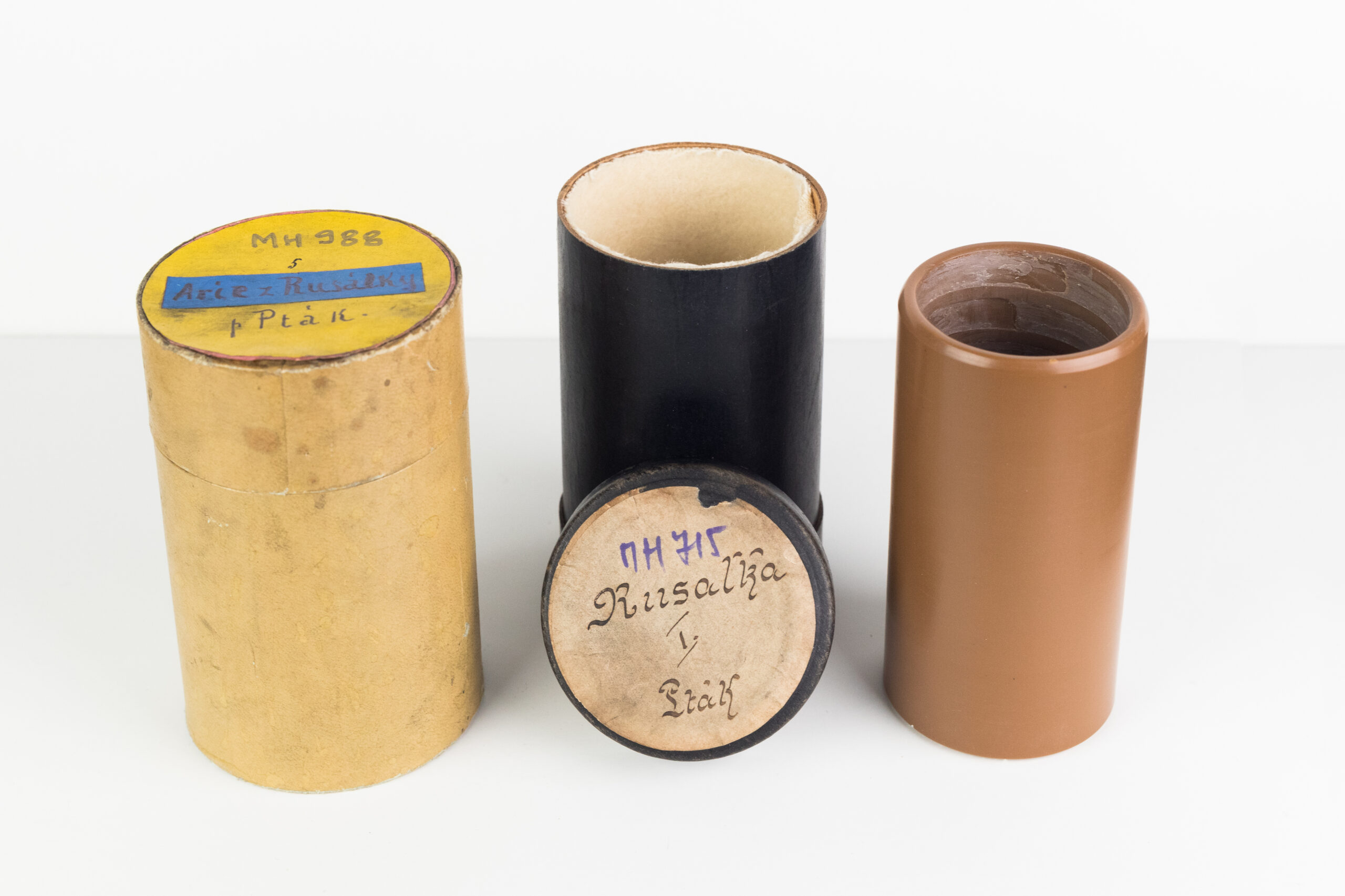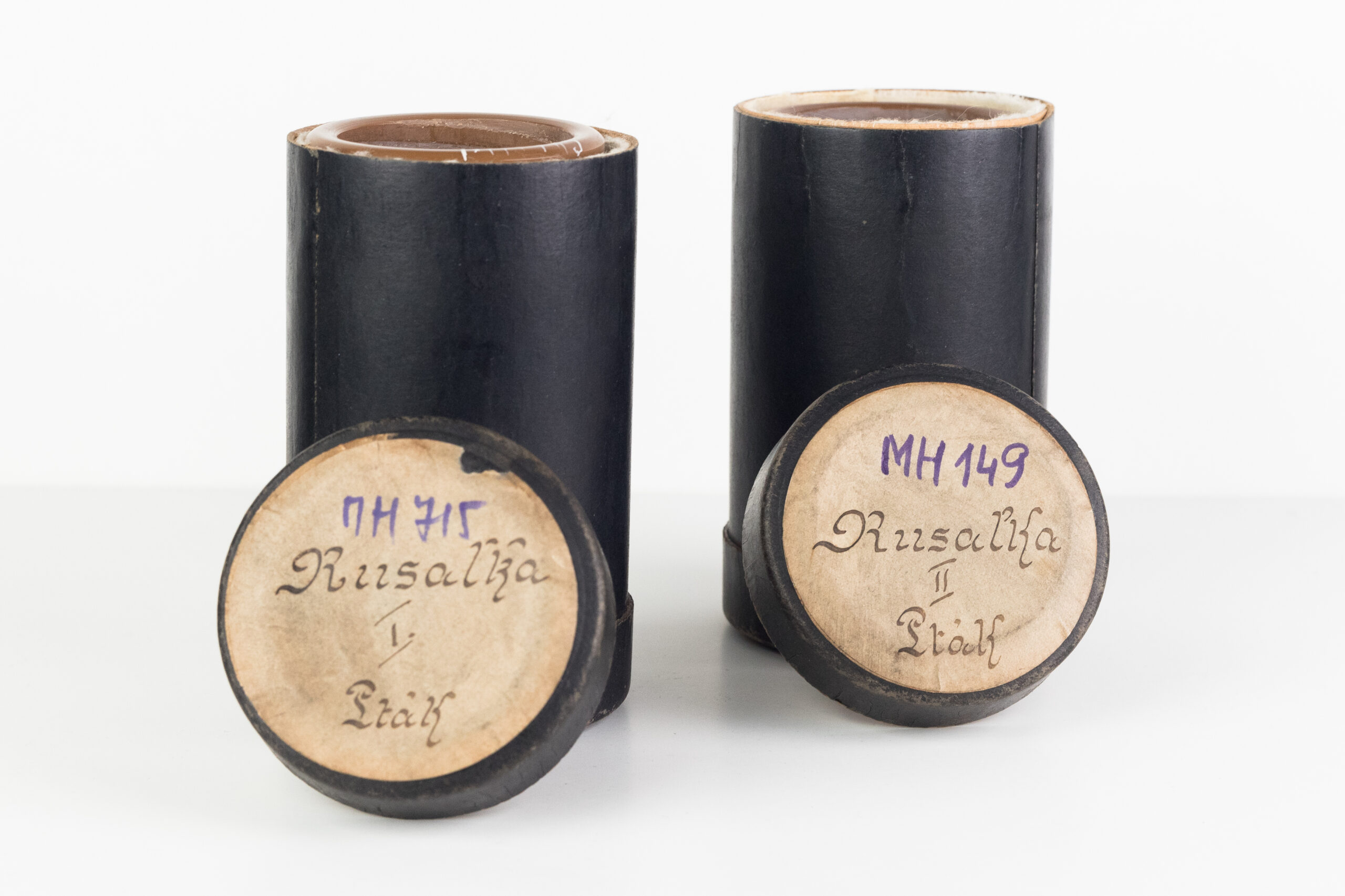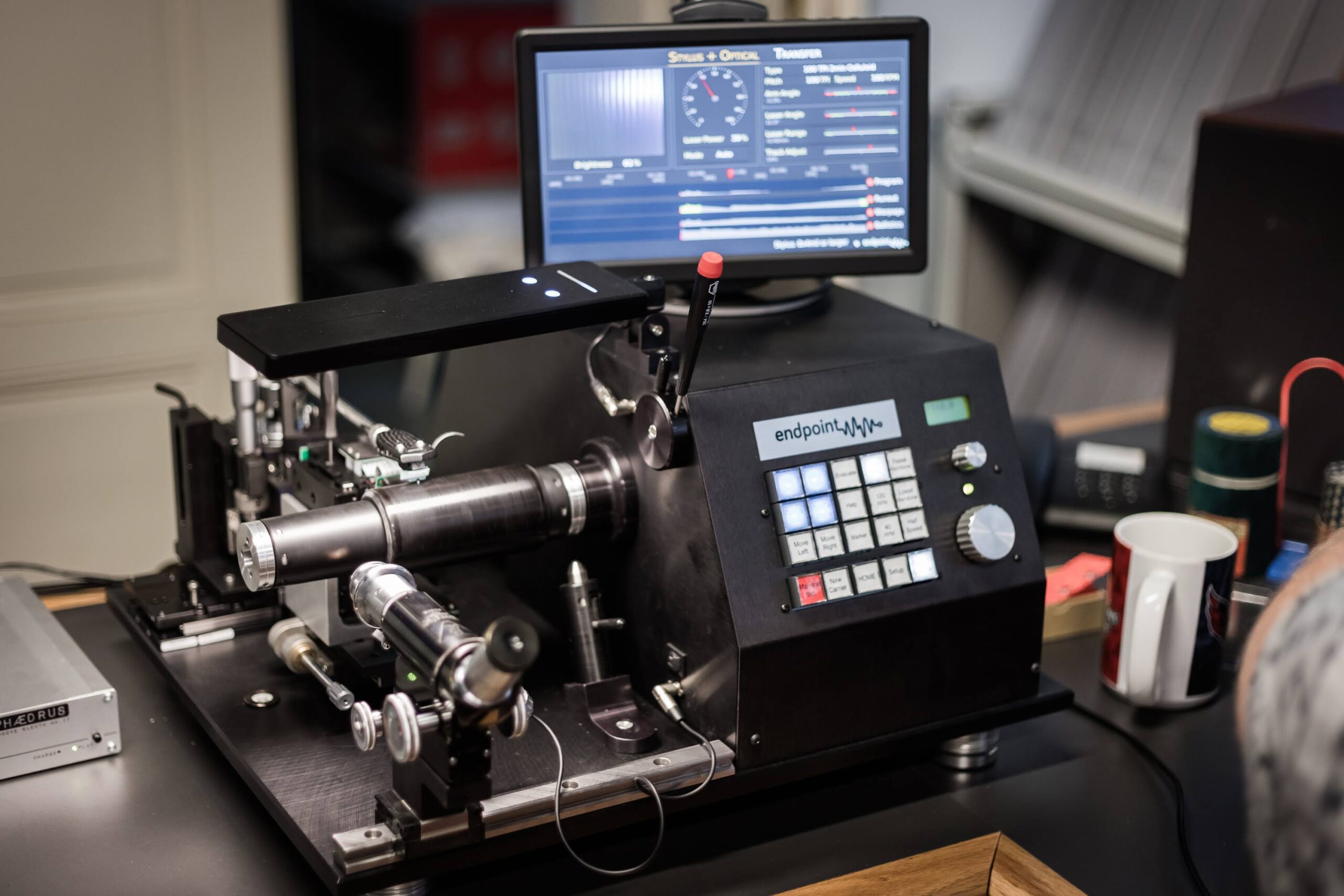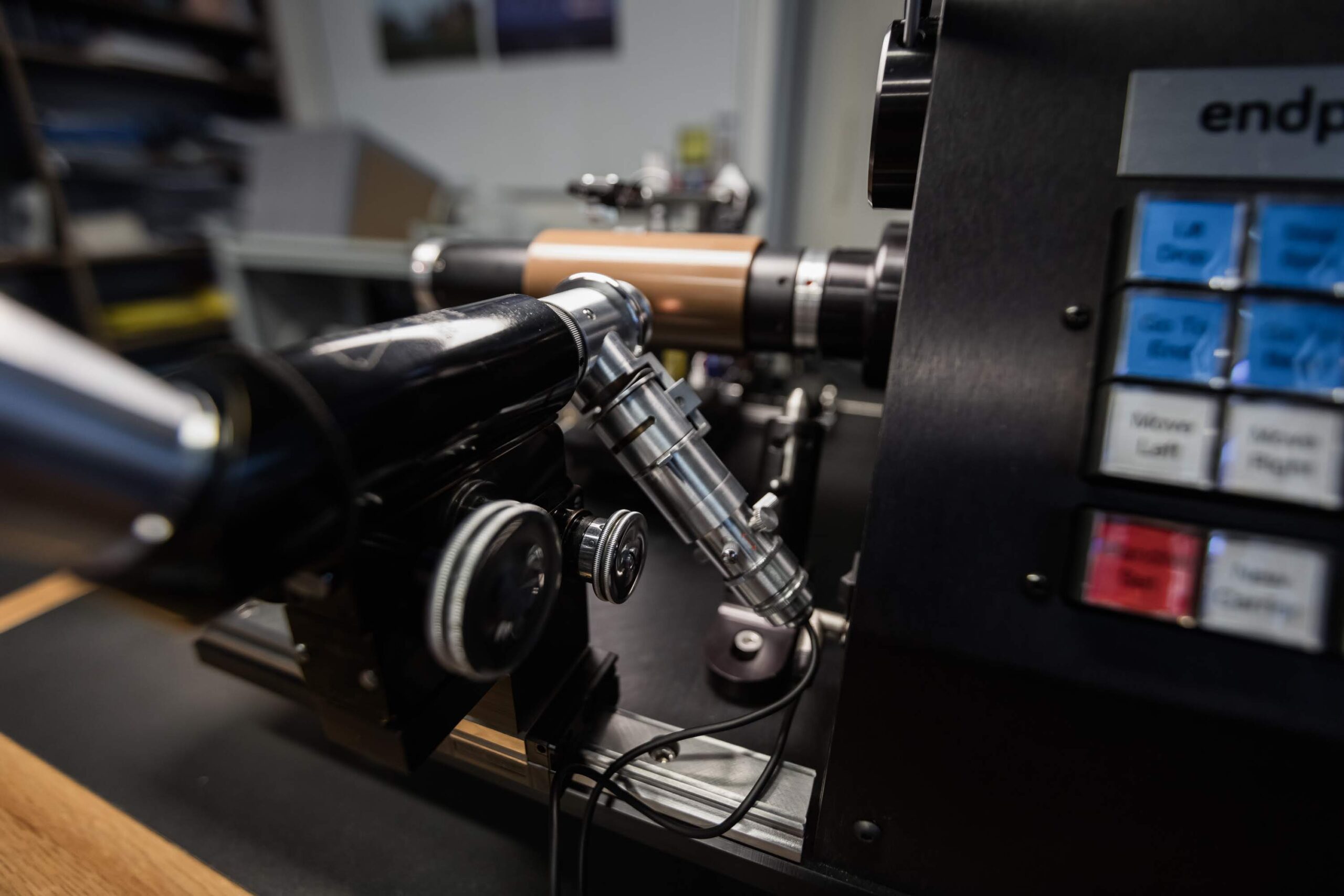DUSTING OFF THE ELDEST RUSALKA ARIA RECORDINGS TO CELEBRATE THE 120TH ANNIVERSARY OF ITS PREMIERE
The abundant collection of the record library of the National Museum – Czech Museum of Music includes over 1000 phonograph cylinders. Its most precious part consists of some 200 historical recordings – brown-wax cylinders recorded between 1902 and 1905 by the Circle of Singers and other personalities of the National Theatre, (referred to as the “Tesařovská opera”, in the late 1800s and early 1900s). Besides many other unique recordings, they contain performances of Dvořák’s Rusalka arias performed by the tenor Bohumil Pták (1869–1933). It is the 120th anniversary of this opera’s premiere in the National Theatre that we celebrated on 31 March, 2020.
Listen to the eldest Rusalka aria recordings of Bohumil Pták
The Premiere
The premiere of the famous opera, which took place in March 1901, was not an ordinary one for Bohumil Pták. Despite the wishes of Maestro Dvořák himself, Pták was not cast in the role of the Prince in the premiere performance, and, as he bitterly pointed out in a text he wrote in 1929, the role was to be sung by Karel Burian. However, destiny has its own ways. Burian jeopardized the Rusalka premiere when he, „having a good time in a merry company, neglected, as he sometimes would, to keep himself fresh enough for the important event and the demanding task of singing the Prince’s role”, as Mr. Otakar Šourek tactfully put it in the fourth volume of Antonín Dvořák: His Life and Works, published in 1933. Luckily, and upon the insistence of Dvořák himself, Bohumil Pták stepped in. Despite being tired after having spent all day recording phonograph cylinders for a major Berlin company and not having participated in the final rehearsals, he saved the day with his breathtaking performance.
Besides the recordings of Málka Bobková, soprano, Emil Pollert, bass, and Otakar Mařák and Stanislav Orzelski, made in 1902-1903 by the recording technicians of the Gramophone Company (back then called The Gramophone and Typewriter Ltd, which were published on gramophone records with Gramophone Concert Record and Zonophone Record labels), the two recordings of the Prince’s arias performed by Pták rank among the eldest recordings of this opera known and preserved. What makes the recording of Pták’s performance unique in comparison to the other ones, is that they were recorded on brown-wax phonograph cylinders, which means that they probably were not mass produced, unlike recordings on gramophone records.
Bohumil Pták
Our recording library collection includes several brown-wax cylinders featuring Pták singing arias from Smetana’s operas Dalibor and The Bartered Bride as well as various national and folk songs. It also contains a recording of Pták singing a song entitled Kde je sládek (Where the Brewer is) on a black-wax cylinder from the Electra brand. The Zlatolité válečky label was produced by the Electra company, whose production was moved after 1907 from the Silesian town of Namslau, to the Vysočany district of Prague by Diego Fuchs, a pioneer of the sound industry in the Czech Lands.
Bohumil Pták himself made a great number of recordings for various companies before World War I. Opera arias, national and folk songs performed by him can be found on gramophone records with labels such as Anker, Odeon, Pathé, Favorite, and Patria Record. Besides European recordings, Pták’s discography includes Columbia and Victor records made during his not very successful tour of the USA in 1911–1913. In the USA, he made several recordings (including a duet with Hana Foerster) for the Edison company, published on Amberol phonograph cylinders as well as on the elegant celluloid Blue Amberol cylinders.


